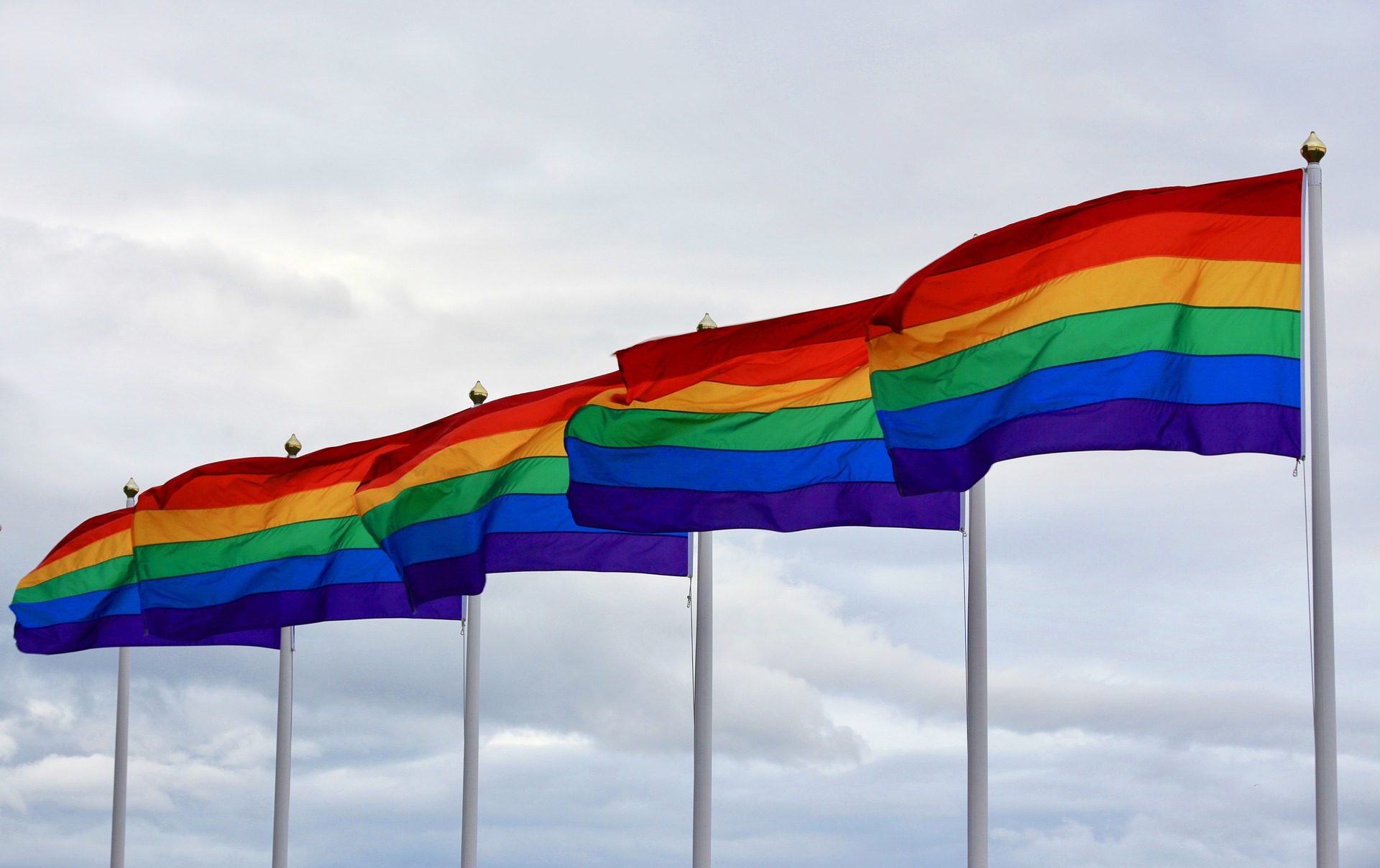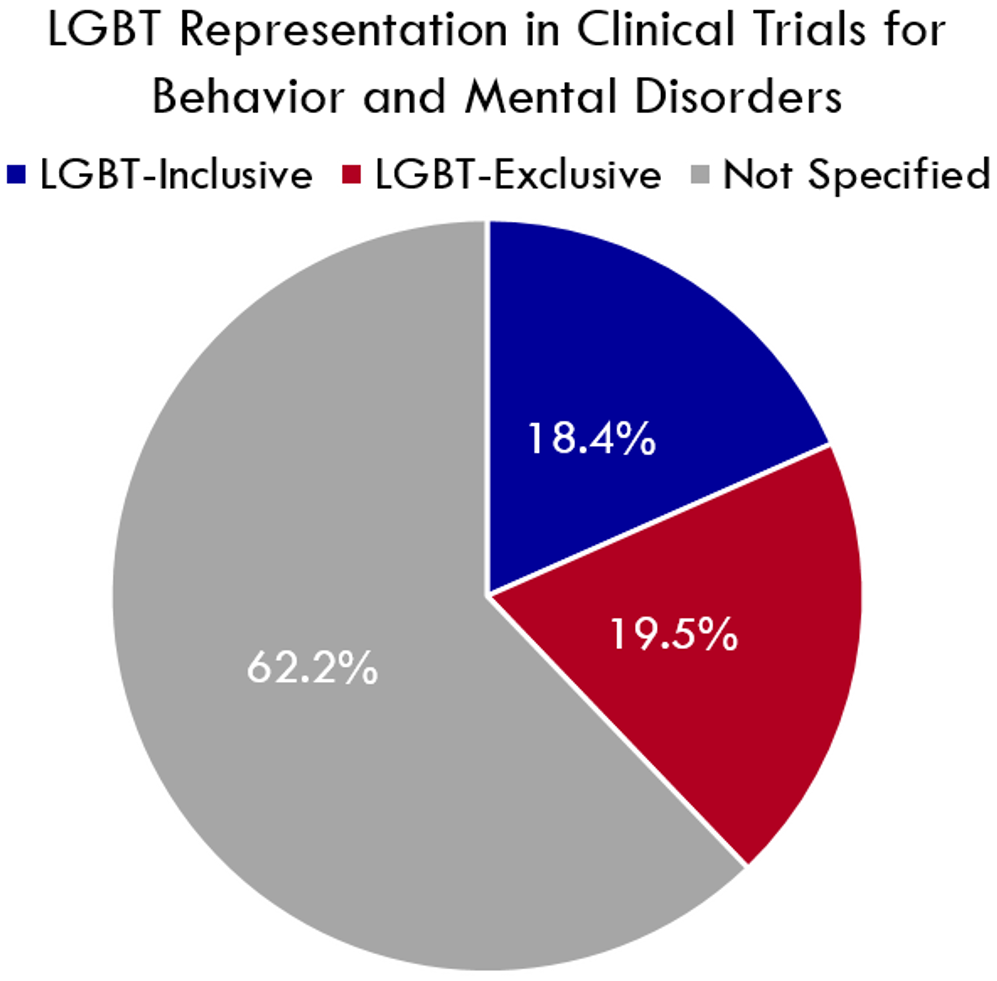Opening Doors: LGBTQ+ Representation in STEM and Health

As we celebrate Pride Month, it is important to recognize lesbian, gay, bisexual, transgender, and queer (LGBTQ+) individuals who are making a difference for science and society. The courage to be visible is vital; it gives people role models, encourages freedom of expression, and opens a dialogue of inclusion across cultures.
A testament to the power of visability and advocating for others, neuroscientist Ben Barres, MD, PhD, was an openly transgender scientist and ardent advocate for early-career scientists and for equal opportunity for gender and sexual minorities in the sciences. Credited with the revolutionary discovery of the crucial roles played by glial cells (supportive cells in the central nervous system) in shaping and maintaining the circuits in our brain, Barres’s dedication to his research was mirrored in his commitment to advocacy for LGBTQ+ in STEM. As he shared shortly before he died of pancreatic cancer in 2017, “I stood up for what I believed in and I like to think I made an impact, or at least opened the door for the impact to occur.”
Earlier this year, Dr. Rachel Levine, assistant secretary of the Department of Health and Human Services, also opened a door, becoming the first openly transgender federal official to be confirmed by the Senate. Her landmark accomplishment builds on the trailblazing work of countless other brave scientists, like Barres, and demonstrates how much has changed in the last few years.
In recognition of Pride Month, the Federation of American Societies for Experimental Biology highlighted the accomplishments of three LGBTQ+ leaders in science—Drs. Louise Pearce, Margaret Mead, and Bruce Voller—whose contributions have not only had a significant impact on driving scientific progress, but have elevated equal opportunity in STEM.
Despite significant advances in representation, LGBTQ+ individuals are still facing obstacles both inside and outside of the lab. A study published this year in ScienceAdvances found that LGBTQ+ STEM professionals “were more likely to experience career limitations, harassment, and professional devaluation than their non-LGBTQ peers.” Additionally, LGBTQ+ individuals are more likely to intend to leave STEM fields than their peers. One reason is the isolation and lack of sense of belonging. When asked what they wish non-LGBTQ+ colleagues would understand, a common response from LGBTQ+ scientists is, “it is exhausting to have to come out over and over again.”
The challenges of identifying as LGBTQ+ are not limited to career aspirations or workplace experiences. LGBTQ+- individuals face health disparities and poor quality of care due to broader societal issues such as social stigma, lack of culturally-sensitive health care, and scarcity of providers who are educated and aware of unique medical needs. However, it can be difficult to understand how the health of LGBTQ+-identifying persons is being impacted if it isn’t being adequately studied. The NIH “2021-2025 Strategic Plan to Advance Research on the Health and Well-being of Sexual & Gender Minorities” outlines recent progress, points to opportunities, and identifies specific challenges.
A global survey of 27 countries conducted last year found LGBTQ+ people make up about 9% of the general population, and nearly 18% of Gen Z (born since 1997). Yet, LGBTQ+ representation in research studies has been lacking. In an investigation conducted by Cassie Ramos, PhD, a science policy fellow at Research!America, analyses of the studies returned by ClinicalTrials.gov showed that the majority of the studies do not specify whether LGBTQ+ individuals are included or excluded (see graph). More work is needed to document potential gaps in clinical trial design and potential impact on the health of LGBTQ+ individuals.

Representation of LGBT+ persons in clinical trials focusing on mental health. Clinical trial studies from the keyword searches were assessed for whether they were LGBT+-inclusive, LGBT+-excluding, or do not specify involvement of LGBT+ persons.
The number of LGBTQ+ organizations, activities, and networks addressing these challenges is growing, helping to promote and connect LGBTQ+ individuals in STEM. 500 Queer Scientists launched in 2018 as a visibility campaign for LGBTQ+ people working in the sciences and has grown to include more than 1,500 individual stories. This and other endeavors assert and celebrate the existence of LBGTQ+ people in the sciences and improve representation. The courage and commitment of LGBTQ+ scientists like Drs. Barres and Levine, and the growth of LGTBQ+ allies will continue to open doors and improve the diversity and depth of scientific exploration.
This blog post was written by Samantha Theresa Mensah, science communications intern at Research!America. She is a fourth-year PhD Candidate at the University of California Los Angeles.




